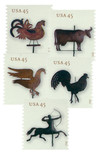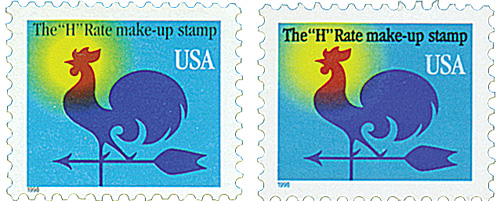
# 4613-17 - 2012 45c Weathervanes
U.S. #4613-17
2012 45¢ Weather Vanes
Issue Date: January 20, 2012
City: Shelburne, VT
Quantity: 300,000,000
Printed By: Banknote Corporation of America for Sennett Security Products
Printing Method: Offset
Color: Multicolored
Weathervanes have been a practical accessory for homes and villages since the United States was settled. But throughout the years they have evolved into a form of art with a distinctly American flair. From Colonial times to the present, weathervanes have become a means of personal expression, as well as a handy tool.
The concept behind a weathervane is simple – balance an object on a pole so that its weight is evenly distributed, but one side has a larger surface area (and preferably is flat) to catch the wind. The wind will then push the object so that the smaller end points in the direction the wind is coming from. Since shifting winds can indicate a change in weather, this has always been critically important to farmers and sailors.
Most early Colonial weathervanes were made from wood, with few lasting through the centuries. More durable versions were made from metals such as tin or copper. Creative artisans gave them more and more elaborate shapes. Roosters, hunting dogs, running horses, and ships are just some of the countless themes. These often emerge as valuable heirlooms. A mid-19th century bronze horse and rider fetched $700,000 in a 1990 auction.
Yet, while their art value has soared, classic Colonial weathervanes remain most cherished as symbols of our American heritage.
Creation Of The U.S. Weather Bureau
Since the early days of the United States, Americans have enjoyed keeping track of the weather. Presidents George Washington and Thomas Jefferson regularly recorded the temperature and other weather observations in their journals throughout their adult lives.
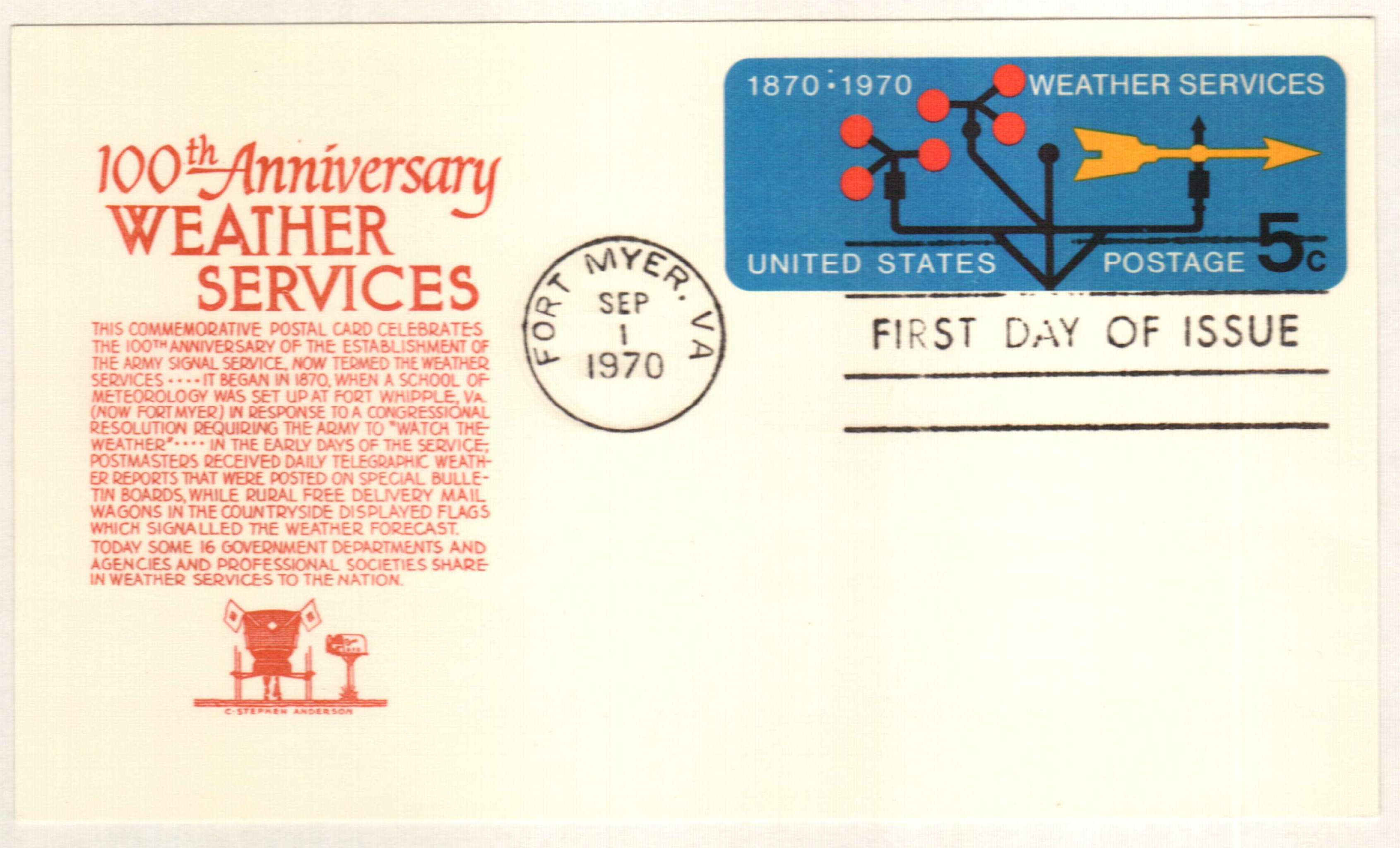
A major milestone in the recording of weather in the US came in 1849 when the Smithsonian gave weather instruments to telegraph companies. This allowed for the creation of a large national network in which people could observe the weather, share it across the country, and analyze the data. These observations were returned to the Smithsonian, which created weather maps.

This network grew substantially over the coming years and by the late 1860s, many believed they could use this data to begin forecasting the weather. However, in order to do this for the whole country, a governmental agency would be needed. So in 1870, a joint Congressional Resolution was submitted, calling on the Secretary of War to start making meteorological observations at military stations and to provide notices of storms. Congress passed the resolution and President Ulysses S. Grant signed it into law on February 9, 1870.
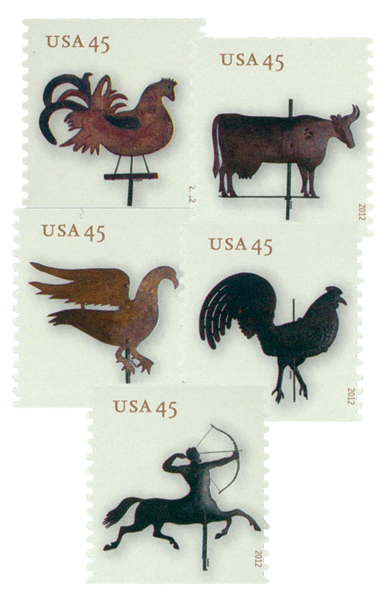
The new agency was known as The Division of Telegrams and Reports for the Benefit of Commerce. The Secretary of War led it because Congress believed that “military discipline would probably secure the greatest promptness, regularity, and accuracy in the required observations.” Within the Department of War, the new agency was part of the Army Signal Service.
In 1890, the agency was renamed the US Weather Bureau and moved to the Department of Agriculture and at that time became a civilian enterprise. They soon began issuing flood warnings and fire weather forecasts and issuing the first daily national weather maps.
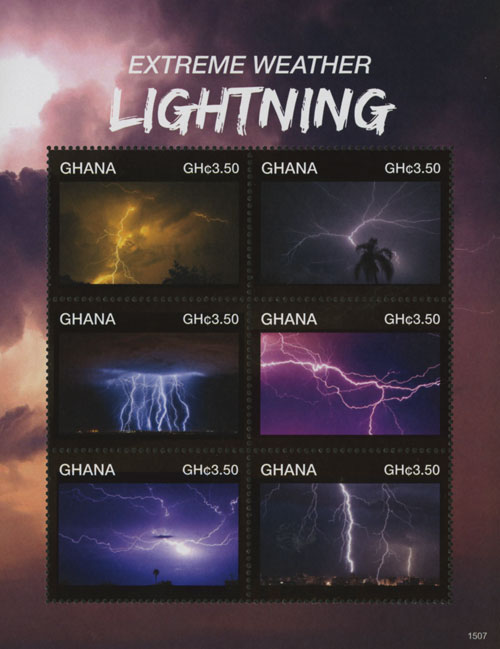
The bureau was moved once again, to the Department of Commerce in 1940. Then in 1966, it was made part of the Environmental Science Services Administration. And then in 1970, the US Weather Bureau became the National Weather Service, the name it still holds today. Today the National Weather Service is headquartered in Silver Spring, Maryland, employs 5,000 people, and collects data from 122 local weather forecast offices.
Click here to visit the National Weather Service website.
U.S. #4613-17
2012 45¢ Weather Vanes
Issue Date: January 20, 2012
City: Shelburne, VT
Quantity: 300,000,000
Printed By: Banknote Corporation of America for Sennett Security Products
Printing Method: Offset
Color: Multicolored
Weathervanes have been a practical accessory for homes and villages since the United States was settled. But throughout the years they have evolved into a form of art with a distinctly American flair. From Colonial times to the present, weathervanes have become a means of personal expression, as well as a handy tool.
The concept behind a weathervane is simple – balance an object on a pole so that its weight is evenly distributed, but one side has a larger surface area (and preferably is flat) to catch the wind. The wind will then push the object so that the smaller end points in the direction the wind is coming from. Since shifting winds can indicate a change in weather, this has always been critically important to farmers and sailors.
Most early Colonial weathervanes were made from wood, with few lasting through the centuries. More durable versions were made from metals such as tin or copper. Creative artisans gave them more and more elaborate shapes. Roosters, hunting dogs, running horses, and ships are just some of the countless themes. These often emerge as valuable heirlooms. A mid-19th century bronze horse and rider fetched $700,000 in a 1990 auction.
Yet, while their art value has soared, classic Colonial weathervanes remain most cherished as symbols of our American heritage.
Creation Of The U.S. Weather Bureau
Since the early days of the United States, Americans have enjoyed keeping track of the weather. Presidents George Washington and Thomas Jefferson regularly recorded the temperature and other weather observations in their journals throughout their adult lives.

A major milestone in the recording of weather in the US came in 1849 when the Smithsonian gave weather instruments to telegraph companies. This allowed for the creation of a large national network in which people could observe the weather, share it across the country, and analyze the data. These observations were returned to the Smithsonian, which created weather maps.

This network grew substantially over the coming years and by the late 1860s, many believed they could use this data to begin forecasting the weather. However, in order to do this for the whole country, a governmental agency would be needed. So in 1870, a joint Congressional Resolution was submitted, calling on the Secretary of War to start making meteorological observations at military stations and to provide notices of storms. Congress passed the resolution and President Ulysses S. Grant signed it into law on February 9, 1870.

The new agency was known as The Division of Telegrams and Reports for the Benefit of Commerce. The Secretary of War led it because Congress believed that “military discipline would probably secure the greatest promptness, regularity, and accuracy in the required observations.” Within the Department of War, the new agency was part of the Army Signal Service.
In 1890, the agency was renamed the US Weather Bureau and moved to the Department of Agriculture and at that time became a civilian enterprise. They soon began issuing flood warnings and fire weather forecasts and issuing the first daily national weather maps.

The bureau was moved once again, to the Department of Commerce in 1940. Then in 1966, it was made part of the Environmental Science Services Administration. And then in 1970, the US Weather Bureau became the National Weather Service, the name it still holds today. Today the National Weather Service is headquartered in Silver Spring, Maryland, employs 5,000 people, and collects data from 122 local weather forecast offices.
Click here to visit the National Weather Service website.





